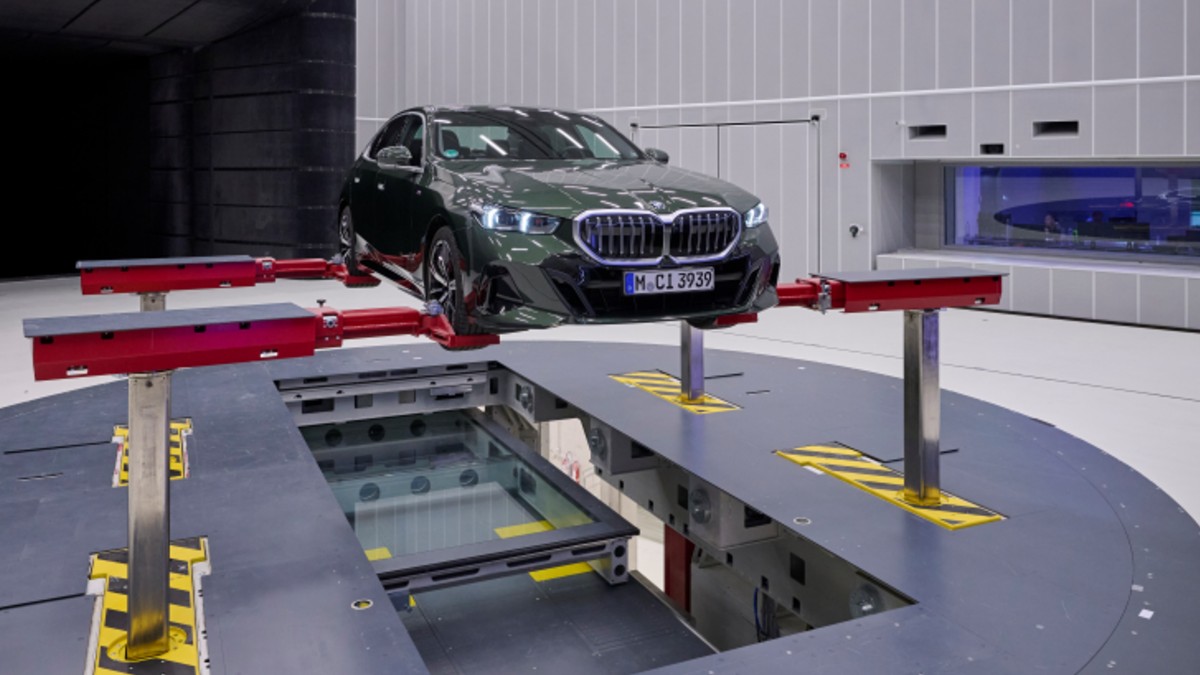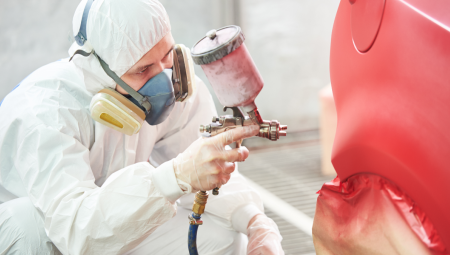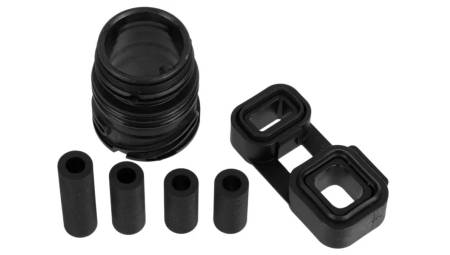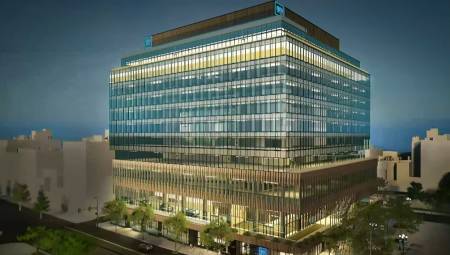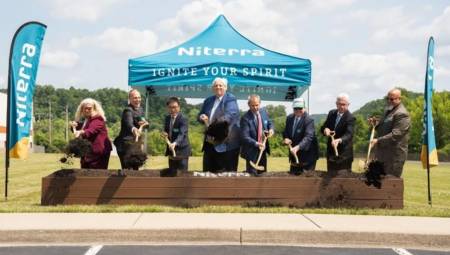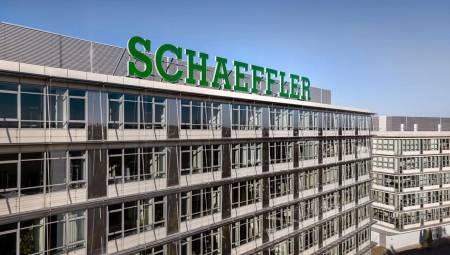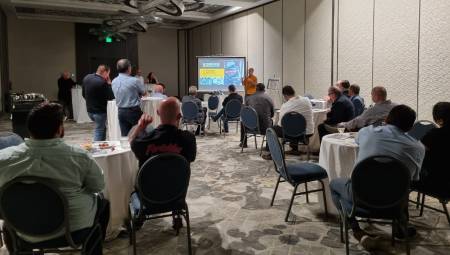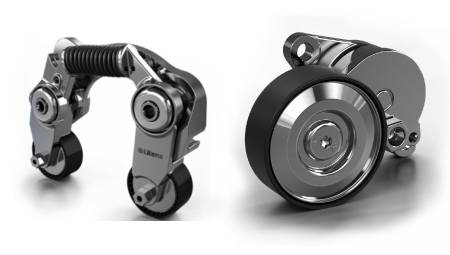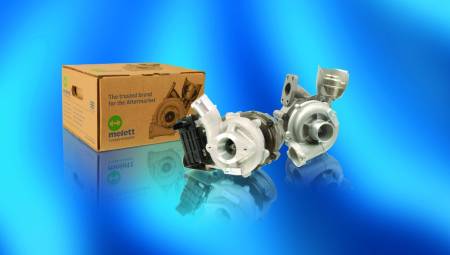International. This BMW center is one of the most advanced facilities in terms of electric vehicle research and development.
The Center for Aeroacoustics and Electromobility (AEC), located at the Research and Innovation Center (FIZ) in Munich, will replace the old aeroacoustic wind tunnel that was in operation for almost 40 years.
With an investment in state-of-the-art technology, the AEC stands out for being home to the world's largest and quietest vertical acoustic wind tunnel, specifically designed to investigate the aerodynamics and acoustics of next-generation electric vehicles.
With impressive dimensions of 100 meters in length, 45 meters in height and 25 meters in width, this wind tunnel is able to recreate the real road conditions accurately and without acoustic interference.
Innovation is found in every corner of the AEC. The wind tunnel is equipped with advanced measurement technology, such as a 216-microphone acoustic chamber that allows noise to be located with millimeter accuracy, and a laser vibrometry system that measures the mechanical vibrations of the vehicle's surface without physical contact.
These innovations will enable BMW engineers to carry out precision tests never seen before, optimising both the aerodynamics and acoustics of electric vehicles, which are essential for achieving first-class performance and comfort.
The wind tunnel is also designed to offer exceptional flexibility. This includes an acoustic roller dynamometer that allows rolling and wind noises to be studied independently, and interchangeable modules that make it easy to quickly adapt the tests to different types of vehicles, from motorcycles to larger ones, such as the BMW X7 or the Rolls-Royce Phantom.
The background noise level in the tunnel is only 54.3 dB(A) at 140 km/h, comparable to the sound of a soft conversation or that of a silent air conditioning system, ensuring highly accurate measurements of the noises generated by the wind impacting the body and other parts of the vehicle.
An innovative design for efficient and sustainable construction
The construction of the AEC is not only a technological achievement, but also a display of advanced engineering. The building is composed of two main sections, which include workshops, test benches, and multifunctional spaces. The wind tunnel, which is acoustically decoupled from the surrounding buildings, was designed vertically to efficiently make use of the available space. This innovative arrangement has made it possible to meet the most demanding acoustic and structural requirements.
The project has been an example of efficient collaboration between construction, development and production, as well as with the city of Munich, where the construction of a building with these quality standards was carried out in record time. In addition, the use of lean construction has been key to ensuring that costs were kept within an optimized range.
The center is not only limited to aeroacoustic research. Prototypes of high-voltage batteries and inverters for electric vehicles are also being developed at the AEC. These components are essential for the efficiency and performance of the cars of the future. With 15,000 square meters dedicated to the creation of high-voltage batteries and 800 square meters for the manufacture of inverters, the AEC is positioning itself as a key driver in the transition to sustainable electric mobility.


